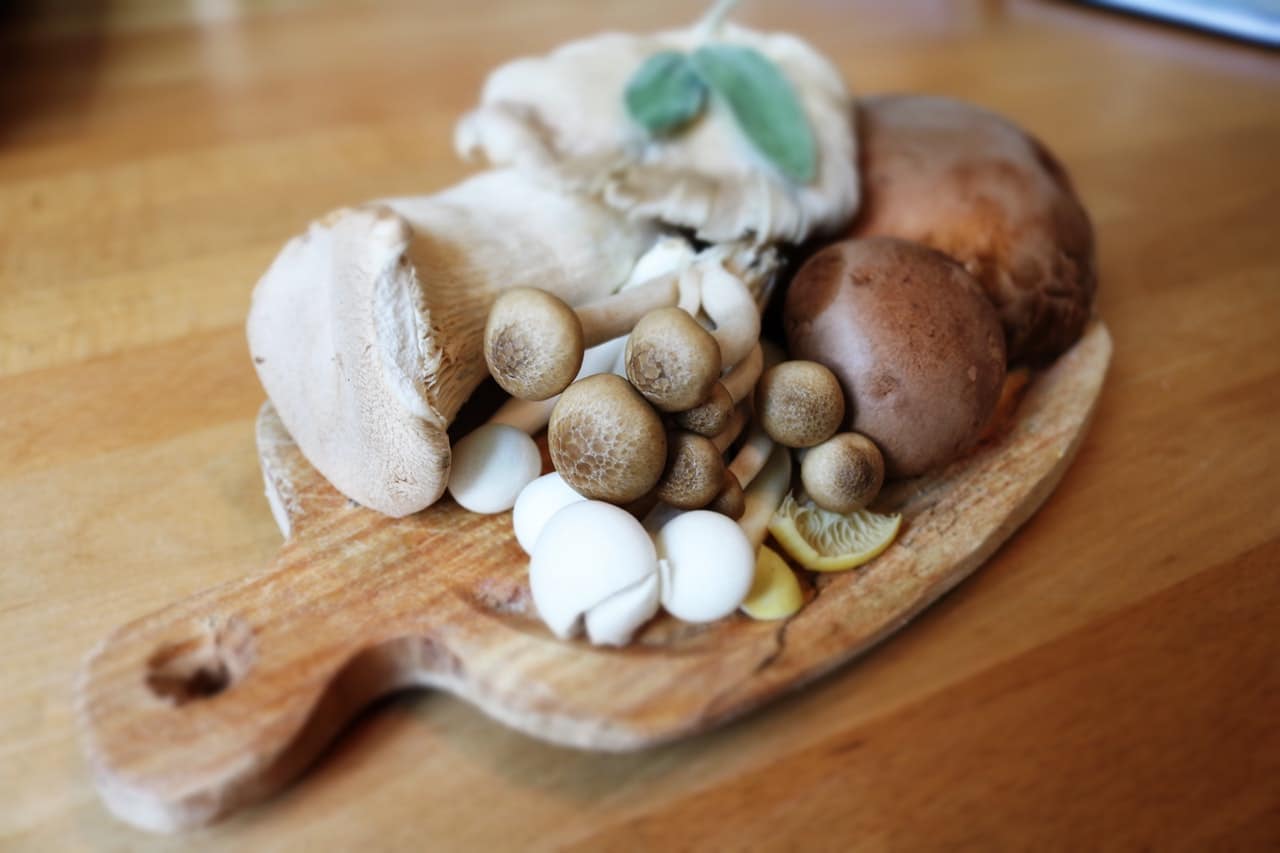If you want to know how to clean wild mushrooms, how to clean mushrooms with flour, and how clean sliced mushrooms, let us hold your hand leads you through the steps in today’s mushroom-flavored blog.
Do you need to wash mushrooms before cooking them?
There is a lot of debate about whether or not it’s necessary to wash mushrooms before cooking or consuming them. The old guard state that instead of washing whole mushrooms, they should instead be brushed gently to remove dirt and other stuff that may have stuck to them (i.e., if they were collected from a forest, making the batch you are cooking technically wild mushrooms).
The reason why they don’t like the idea of washing mushrooms is that mushrooms by their nature can absorb water readily from the environment, and any additional moisture can affect their flavor. Now, we all know that mushrooms can have very mild flavors, so as cooks, we would like to preserve as much of the natural flavors because they certainly contribute to the overall palatability of the meal.
However, some experts also state that if mushrooms have absorbed their fill of moisture from the environment, they couldn’t possibly absorb any more from just washing them for a few seconds.
What happens if you don’t wash mushrooms?
Unless the mushrooms are covered with mud, nothing bad will happen to you if you eat unwashed mushrooms, especially if you have taken the time to brush them before cooking. If you feel that you need to wash your mushrooms because you don’t know how clean they are, to begin with, then we recommend a washing technique that’s fast, easy, and will ensure that your mushrooms will not be submerged in too much water.
For this washing technique, you will need a salad toss strainer (with cover) and your mushrooms (of course!). Place all your mushrooms in the strainer and cover them. Open the faucet and get a good medium flow going. Nothing too powerful as we don’t need too much water with what we are going to do, anyway.
Place the strainer under the water and toss around the mushrooms to wash off and shake loose any dirt or grime. Do this for maybe half a minute and give the basket/strainer a few extra shakes to drain out excess water. At this point, you are free to pat dry your mushrooms if you feel the inclination to do so. Your mushrooms are ready to be cooked!
How to Clean and Store Mushrooms
How do you clean and store mushrooms?
The storage time or shelf life of wild mushrooms or whole mushrooms will vary depending on the species you have at home. If the wild mushrooms are relatively dry and have their own storage spaces, it’s safe to say that large edible varieties can last in storage from seven to ten days. Wild mushrooms in storage can be used for a variety of meal preparations, from toppings on toast to soups, pasta, and stuffed recipes, too. Mushrooms are also frequently added to dishes that have other proteins present (pork, chicken, beef, etc.) Mushrooms offer a flavor profile that makes the plainest recipes extra special.
To ensure that your mushrooms will last as long as possible in-home storage conditions, be sure to follow these guidelines:
- Pick out the bad ones and toss them. If some mushrooms are showing signs of decay or pest presence, don’t mix them with your other mushrooms. Damaged mushrooms may also harbor pests, so it would be best just to remove them.
- With a clean cloth, wipe each mushroom well to remove any dirt or grime, and trim off the stem. You can wipe and store the clipped stems separately as these can be used as powerful flavorings later on when they’re dried. Of course, they can also be used before they are completely dry. If you have a drier at home, feel free to experiment with the mushroom stems.
- Get a porous bag and place your clipped mushrooms there. Place them in the refrigerator where they won’t be dripped at by other dishes and items in storage.
- Mushrooms can be safely frozen raw. Alternatively, you can also precook your mushrooms so you can store them longer in the refrigerator.
- There is no need to thaw frozen mushrooms. What you can do is to drizzle a pan with some oil and place the frozen mushrooms there directly. Cook the frozen mushrooms for just 30 seconds before bringing them out of the hot oil. They can continue cooking with the residual heat after half a minute, and they will ready themselves naturally.
- Whole, wild mushrooms may be sliced or chopped up before being stowed away in the freezer. If you don’t want to cook the mushrooms directly while still frozen, you’re free to blanch them for a few seconds before transferring to the main pot for cooking.
- Clean chanterelle mushrooms with warm water and a clean brush. Let the water run while brushing the underside of the chanterelle mushroom. Rinse away any dirt that may be removed with your brush. Allow the excess water to drain with a colander.
- To clean porcini mushrooms, use an ordinary slicer to remove impurities from the base of the mushroom. Grab a damp cloth and wipe down the whole mushroom to remove any dirt. One wipe is sufficient for each of the porcini mushrooms.
- If you have a black trumpet or yellow feet mushrooms at home, be sure to cut away the dirty base of the mushrooms first. Open the mushrooms gently with your fingers and wipe down the center to remove dirt and other impurities.
- If you have a drier at home, mushrooms can be dried and stored for up to twelve months. When rehydrating mushrooms, a single ounce will yield up to eight ounces of rehydrated mushrooms.

